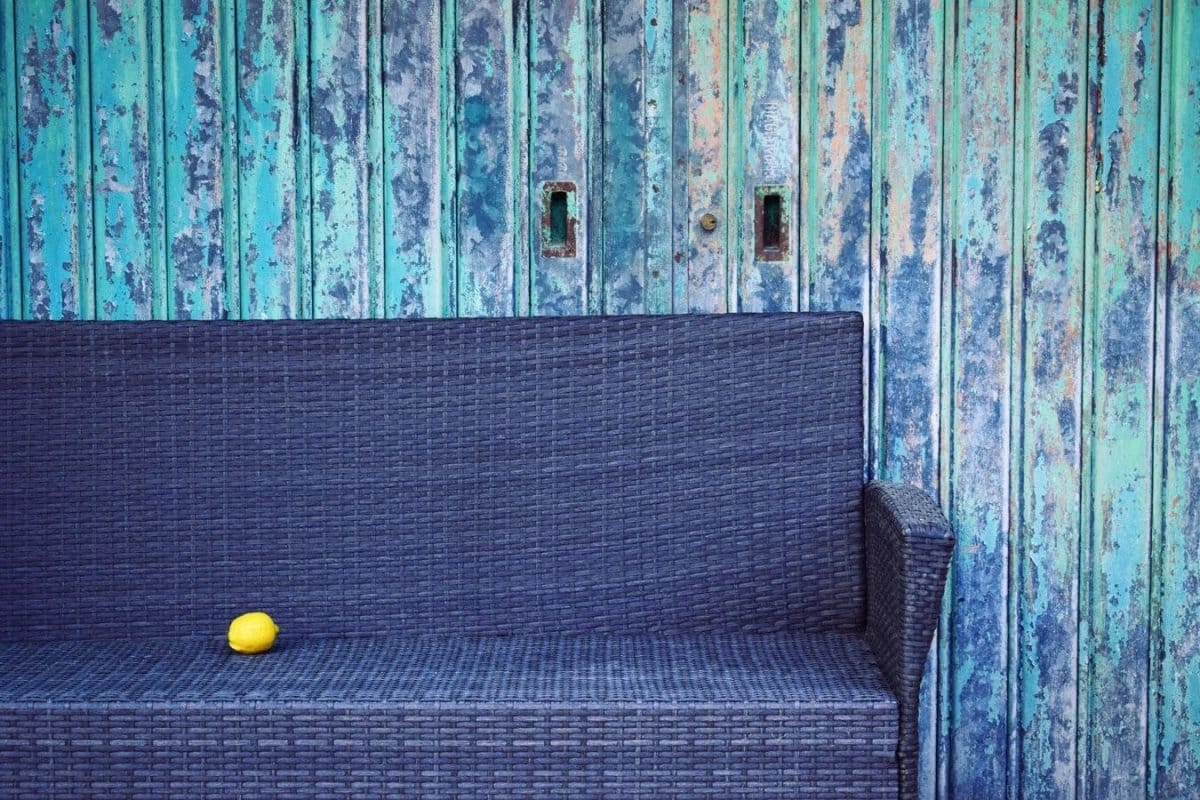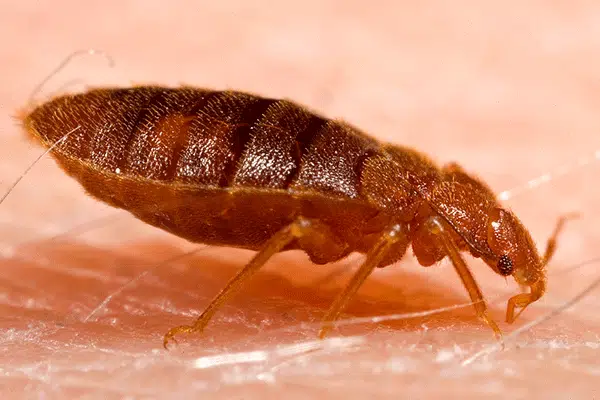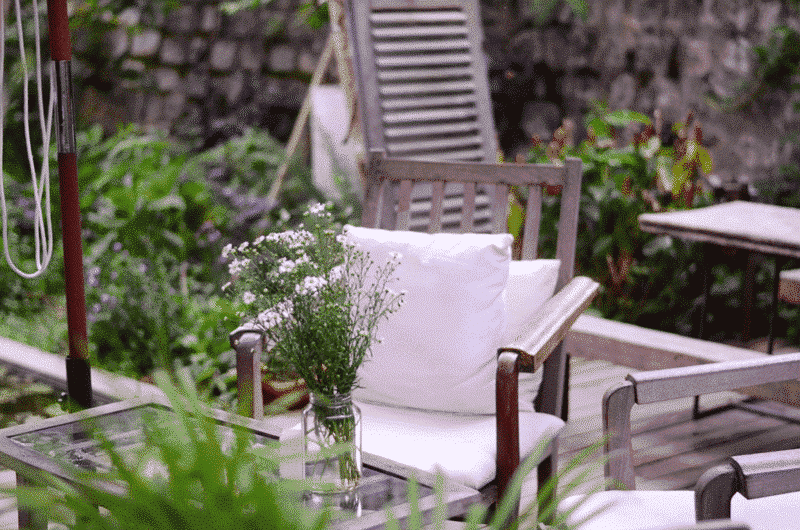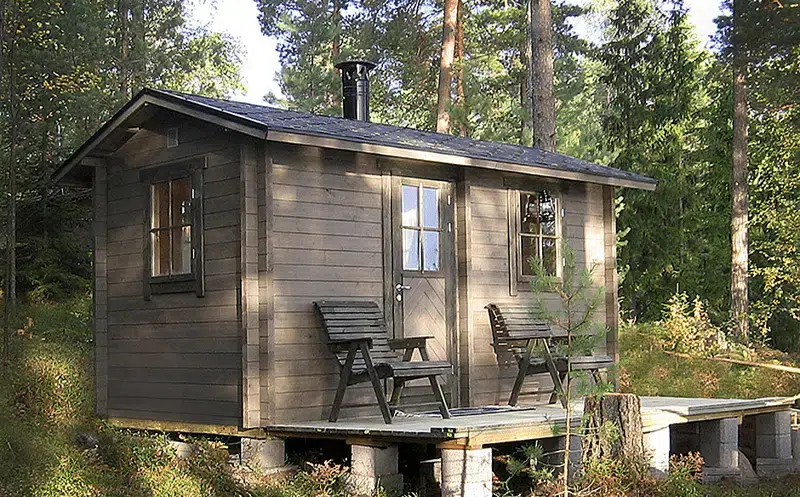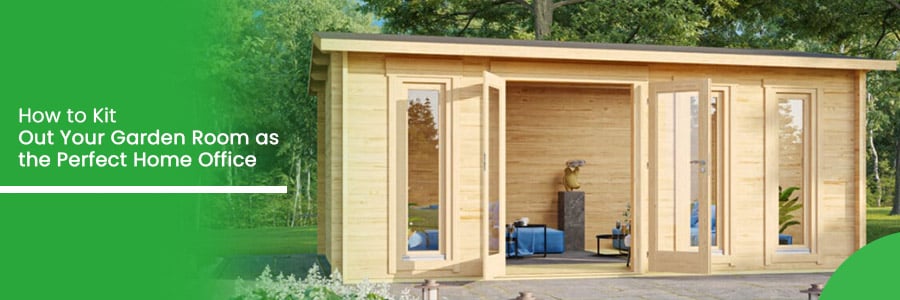Can Bedbugs Infest Wood Furniture? Can You Prevent This And is Your Garden Furniture Safe?
02.04.2019
Help! I Got Bed Bugs on My Outdoor Furniture
Bed bugs (Cimex lectularius) have such a self-explanatory name for a reason. And YES! It does prompt one to assume that we can find them in our beds only, right? Unfortunately…
This can’t be any further from the truth, as truth is… The blood-thirsty bed bugs can hide in one too many places (“preferably”, near their food source, which is… YOU) and can easily infest pretty much any type of furniture. This includes outdoor furniture and dirty decks, too!
Now then, let’s see how this happens and most importantly… WHY?
Read on, as within this guide Summer House 24 aims to help you get a clearer picture of why bed bugs can and do live outside in the open and to learn more about their survival instincts and skills. We also cover some important tips on how to combat and prevent bed bugs infestations in your own garden and/or outdoor furniture.
Order new outdoor furniture at Summer House 24 here.
What are Bed Bugs & Can They Live Outside?
Bed bugs are minute blood-sucking insects of reddish-brown colour and about 4mm in size. These bugs can’t fly, or jump. They crawl. But even while crawling, they cover significant distances. This means that your backyard is far from safe!
Bed bugs (Cimex lectularius) prefer warm environments, and that is why they are mostly found indoors. Like any creature, they need to feed and human blood is their favorite meal. They need blood, as it is a condition for their survival as species (they can’t otherwise lay eggs nor reproduce). Some bed bugs live on other mammals’ blood, like that of bats.
On that note, bed bugs would suck on any type of blood, to survive, until they find the right host – you. As reported by The Guardian, the UK experienced a severe increase in infestations, which is a worrying sign, that’s ongoing to this day.
The irritating insects can end up near your home and colonize your outdoor inventory, such as:
- Pieces of upholstered furniture;
- Wooden seating;
- Pergolas;
- Umbrellas;
- Crevices in benches;
- And more.
And if you have nearby fabrics that are exposed to risk, experts at Crown Cleaners recommend pressurized hot-water extraction treatment to clean stains, dirt, or grime.
For inspiration, read:
- How Can a Gazebo Make a Difference in Your Garden?
- Log Cabins With a Wood Stove or a Fireplace
- Wooden Summerhouses – Which Kind is Best For You?
These pesky creatures can survive for up to 5 months without any food. By that time they should find the right moment to move in your property, where food is. Otherwise, they have to find an animal host and just compromise for the sake of survival.
But before we dive deeper into outdoor inventory such as upholstery, furniture, and other inventory.
How do Bed Bugs Stay Alive & Kicking Outside?
Bed Bugs & Their Survival Skills
Bed bugs are notorious for their ability to live without food for long periods.
Adults can survive without a blood meal for up to 5 months. Under certain conditions, they can even hold on for an entire year in low temperatures, as their body temperature drops to a state of hibernation.
Their offspring, however, need to feed often to get through all nymph stages and reach adulthood.
Bed bugs are known to feed mostly at night but they can adjust their feeding habits and routine, to survive, according to bed bug exterminators. An “outdoor” bed bug will take a bite from you during the day if this means getting their “bloody” breakfast and finding a faster route to your home by hitching on shoes, pants or even a scarf.
Furthermore, the insects not only tolerate cold but can also survive in a freezer for up to two weeks, he added.
So, with these important skills, bed bugs can exist outdoors for ages, despite being hungry and even exposed to frost.
Where Exactly Can Bed Bugs Live Outdoors?
Bed bugs like dark and hidden places to lay their eggs. So, if any structure or a piece of furniture outside can offer them small holes, crevices and cracks, as well as creases, edges and folds near stitches, these bloodthirsty pests will readily settle in.
This means that you can spot the signs of bed bugs around baseboards in outdoor buildings, among general clutter in your garden shed or garage, and on your garden furnishings.
Check:
The 10 Best Reasons to Buy Wooden Garden Sheds From us Now
How do bed bugs end up in your garden furniture?
The insects can cover relatively significant ground crawling. They don’t need to be super fast to reach from A to B or, in other words, from your neighbor’s property to your patio sofa. Also, bugs love hitchhiking on people’s clothes, travel bags, and even pets.
Last but not least, you may bring a family of bed bugs along with that second-hand garden swing chair you fell in love with.
Types of Patio Furniture & Bed Bugs
As we’ve mentioned above, bed bugs are not picky about what type of material they would be happy to invade, with a few exceptions (vinyl, plastic, metal). Any other organic or synthetic material, that provides them with safe harbourage and relative warmth, could become their temporary habitat.
The blood-sucking crawlies will linger about on your garden possessions until they sense the presence of a food source nearby, make a move, and strike. Often, that might not be even necessary, as the delicious blood meal comes on a silver platter. This could be you, swinging in the garden chair with your book or cat, hoping to steal the extra sunlight.
The insects can live undisturbed on your upholstered garden furniture, on your favorite rattan sun lounger, on any pieces made from wicker, etc.
Can Bed Bugs Live in Wood Furniture?
Yes. You can also get bed bugs on wooden furniture, especially if these are covered with comfy upholstered padding.
Note that bed bugs can live in the legs or in hollows and cracks around the base of wooden seating and tables right in your garden. And yes, if you wonder if bed bugs can live in cushions, the answer is yes. You may notice bed bugs in couch cushions and outdoor sofas.
How to Exterminate Bed Bugs on Outdoor Furniture?
Bed bugs don’t like extreme temperatures, but unfortunately, it’s never hot or cold enough outside (at least in the UK) for them to just die out on their own. For instance, their eggs, which are hardier than the insect itself, are no longer viable at over 50 and below -17 degrees Celsius. However, there could bed bugs in the desert or the Arctic Circle.
So, what can you do to kill them?
There are several DIY methods that you could try to exterminate the minuscule vermin, depending on the type of garden furniture you’ve got. You can thoroughly clean outdoor wooden and rattan pieces (vacuumed) and then varnish.
Any remaining live bugs and eggs (after vacuuming) will not stand a chance against a nice coat of oil-based varnish.
Soft furniture can be steam cleaned and disinfected with relative success. Removable cushion covers can be de-bed-bugged at high temperatures in the washer and dryer. Still, your best bet is not to wait too long. Resort bed bug exterminators as soon as you see signs of a colony outbreak. Specialized companies have the know-how to use the right insecticide and can provide an effective heat treatment in extreme cases.
Note that if your gardening furniture needs to be treated with heat, it should be stored in a container of some sort. Something to keep the heat from rising. You can’t perform a heat treatment out in the open.
Tips to Prevent an Outdoor Bed Bug Infestation:
To stop your outdoor furniture and garden features from a bed bug infestation, follow the same steps as you would inside your property.
- Vigilance – inspect regularly your outdoor furniture for any bed bugs signs;
- Go new – avoid buying second-hand items, especially from dubious retailers;
- Cleaning and maintenance – regularly clean your outdoor furniture (vacuum, wash removable covers, steam clean, jet wash) and store properly;
- Discourage pets – don’t leave cushions out, pets might snuggle down on them (their blood is as good as any and will serve as a bed bug evening meal);
- Say no to hoarding – declutter outdoor buildings, sheds, and garages and if you suspect a bed bug infestation on any old furniture – just throw it away.
Now you know that bed bugs are some of the best survivalists among insects. So, to prevent them from moving indoors with you, check your outdoor area regularly, too.
Learn more about Summer House 24 and explore the rest of our blog here. For order, question and advice contact us and get in touch.
Categories:
BlogWant to discuss over phone. Let us call back to you
If you need any additional info regarding any product, please fill in the below form and we will get back to you, usually the same or next working day.
Have any questions regarding some product?
If you need any additional info regarding any product, please send us your questions.
